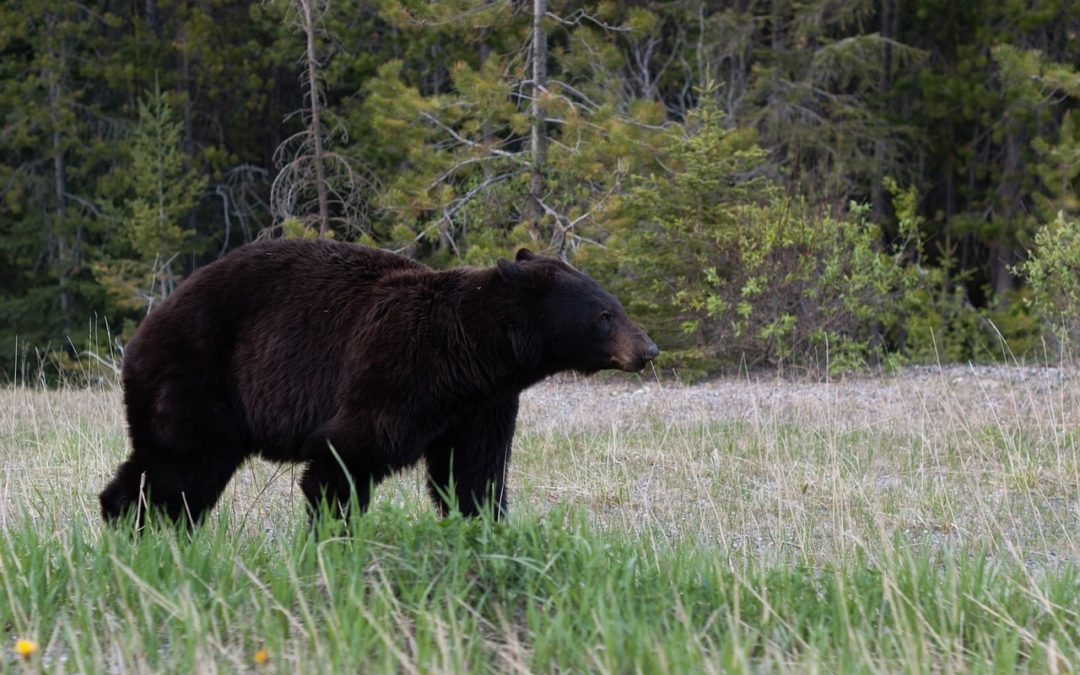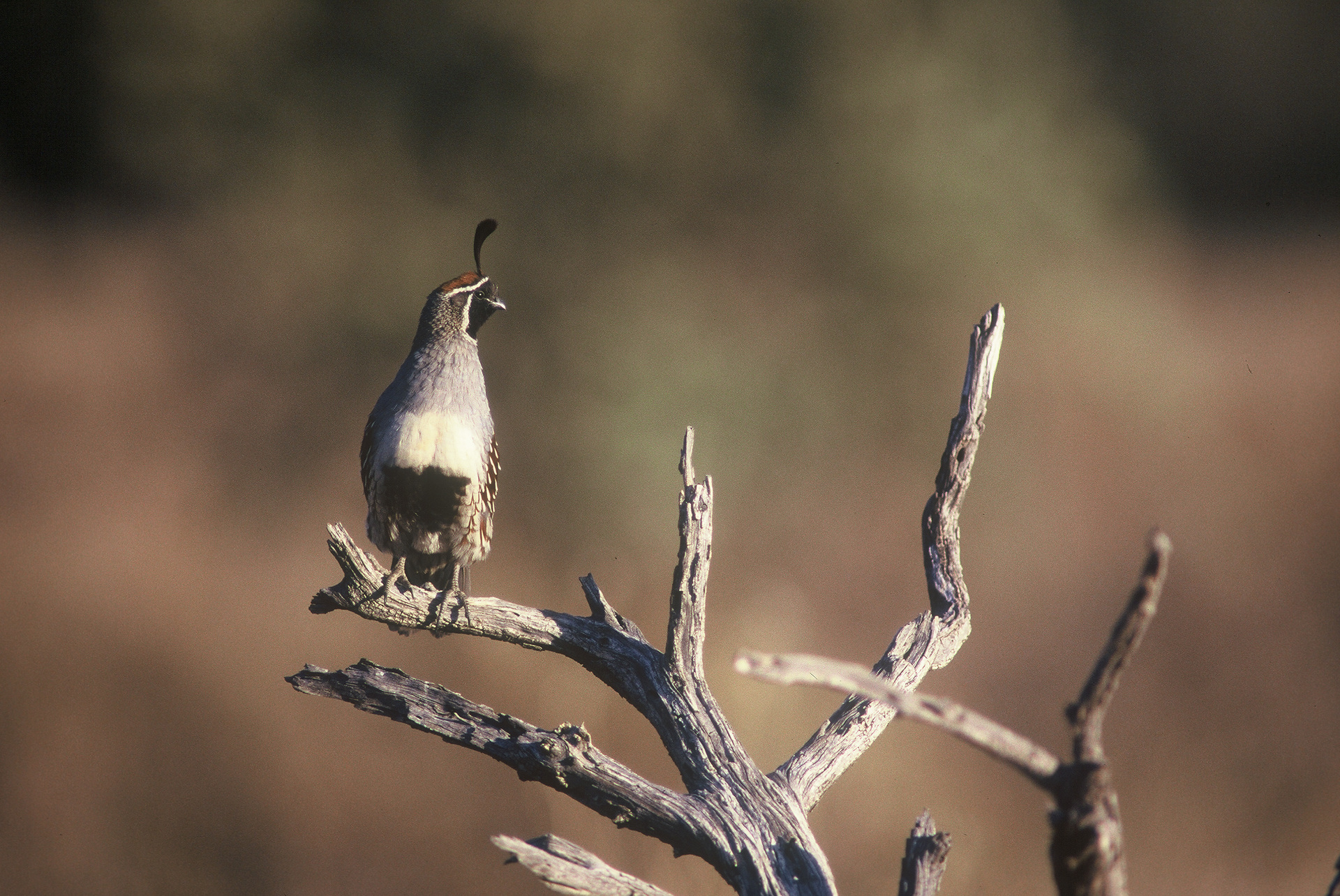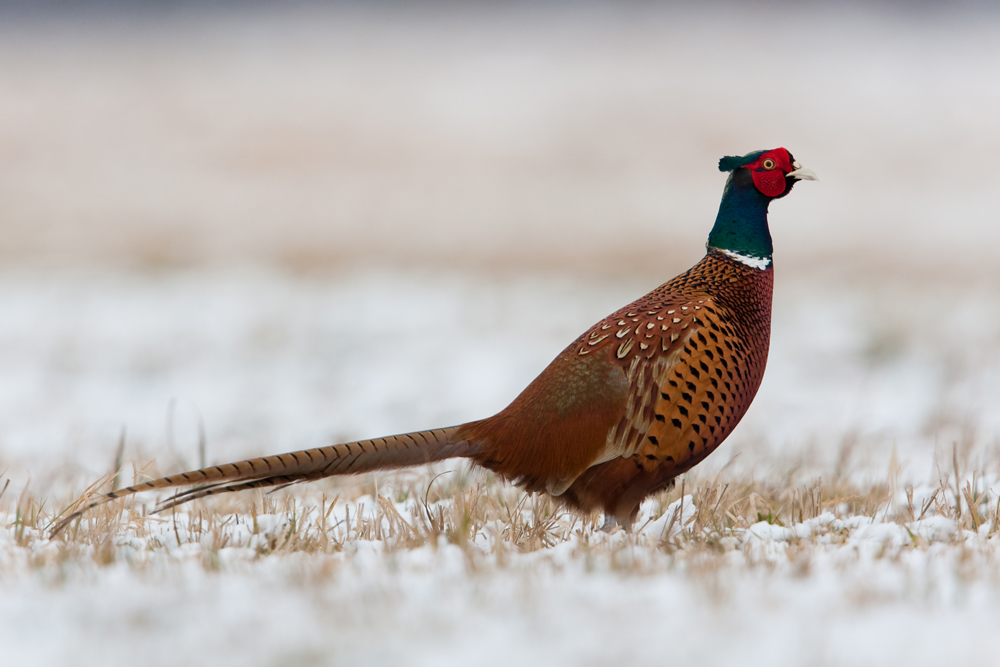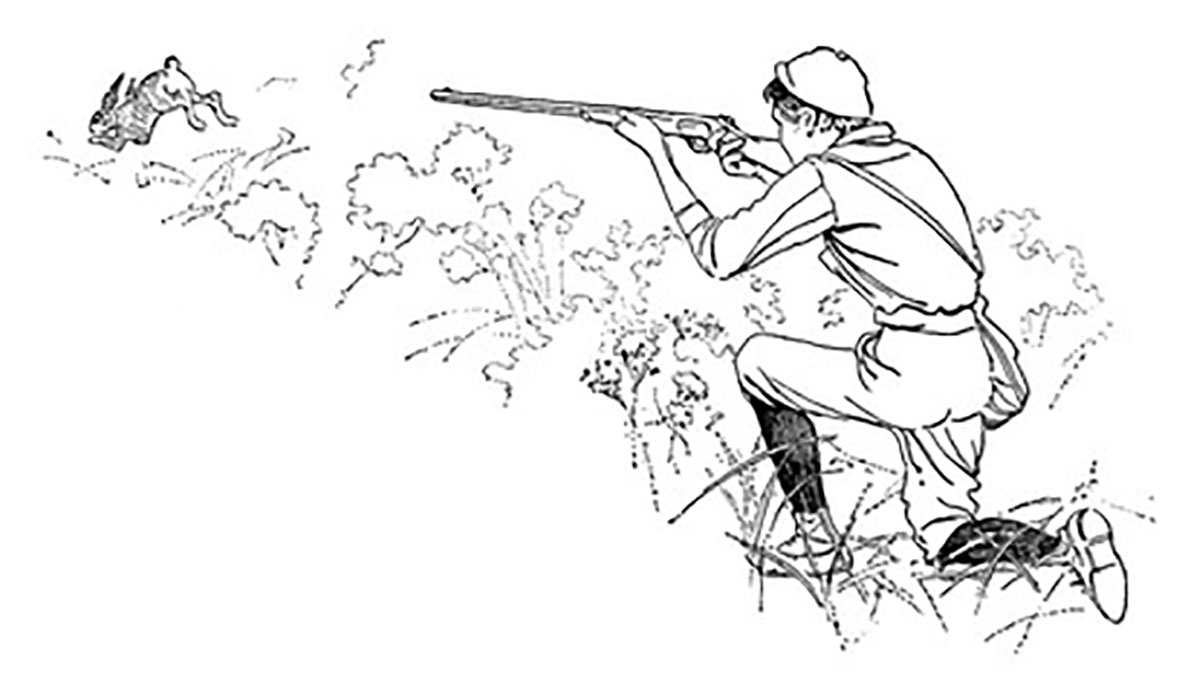However, there is some uncertainty associated with population estimates derived from these mathematical models- we don’t, after all, “know” exactly how many bears are out there. Across multiple years, this uncertainty may compound so that the model-derived estimates upon which management decisions are based become less reliable. To address this issue, DNR scientists have periodically estimated bear numbers directly using what’s known as a capture-mark-recapture (CMR) technique that, as the name implies, requires that some bears be marked. These direct estimates in essence reveal how many bears are out there, allowing models to be calibrated and ensuring that management decisions continue to be based on accurate information.
In 2006 and again in 2011, the antibiotic tetracycline was used to mark bears and develop a CMR estimate of population size. DNR Office of Applied Science staff began another large-scale CMR project this year in which DNA extracted from hair follicles was used – rather than tetracycline – to identify individual bears. During spring and early summer, DNR biologists and our federal and tribal partners placed 844 hair snares across Wisconsin’s bear range. Each hair snare consisted of a liquid bait surrounded by a single strand of barbed wire. Biologists visited each site weekly to collect samples of bear hair from the barbed wire, and samples were then sent to a laboratory so that the DNA could be isolated and individual bears identified.
Why are bear hunters sending in two teeth this year?
During the 2019 bear season, hunters were asked to submit two premolar teeth, rather than the single tooth required in past years. DNA will be extracted from the second tooth to identify bears that had previously been “marked” at a hair snare, and this information will allow development of a CMR bear population size estimate, both statewide and by bear management zone. So, if you’re a bear hunter and were wondering why DNR required submission of two teeth this year, that’s it! Information from each tooth provides important information that greatly improves the state’s ability to sustain a healthy bear population and the outstanding recreational opportunities it provides.
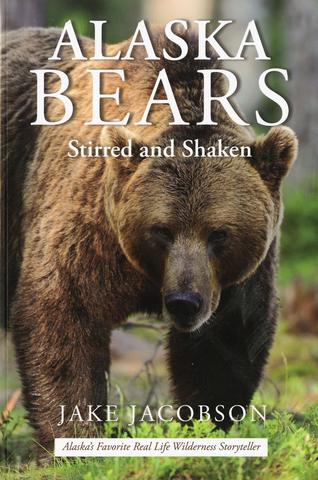 ALASKA BEARS: Stirred and Shaken is a collection of 24 stories describing Jake’s personal experience hunting and guiding for all the species of bears in Alaska. Bear biology, hunting techniques, cabin depredations and avoidance thereof, and other aspects of bear pursuits are detailed. These are true stories except for the names of some of the hunting guests from Jake’s fifty years of living and hunting in Alaska. Buy Now
ALASKA BEARS: Stirred and Shaken is a collection of 24 stories describing Jake’s personal experience hunting and guiding for all the species of bears in Alaska. Bear biology, hunting techniques, cabin depredations and avoidance thereof, and other aspects of bear pursuits are detailed. These are true stories except for the names of some of the hunting guests from Jake’s fifty years of living and hunting in Alaska. Buy Now
